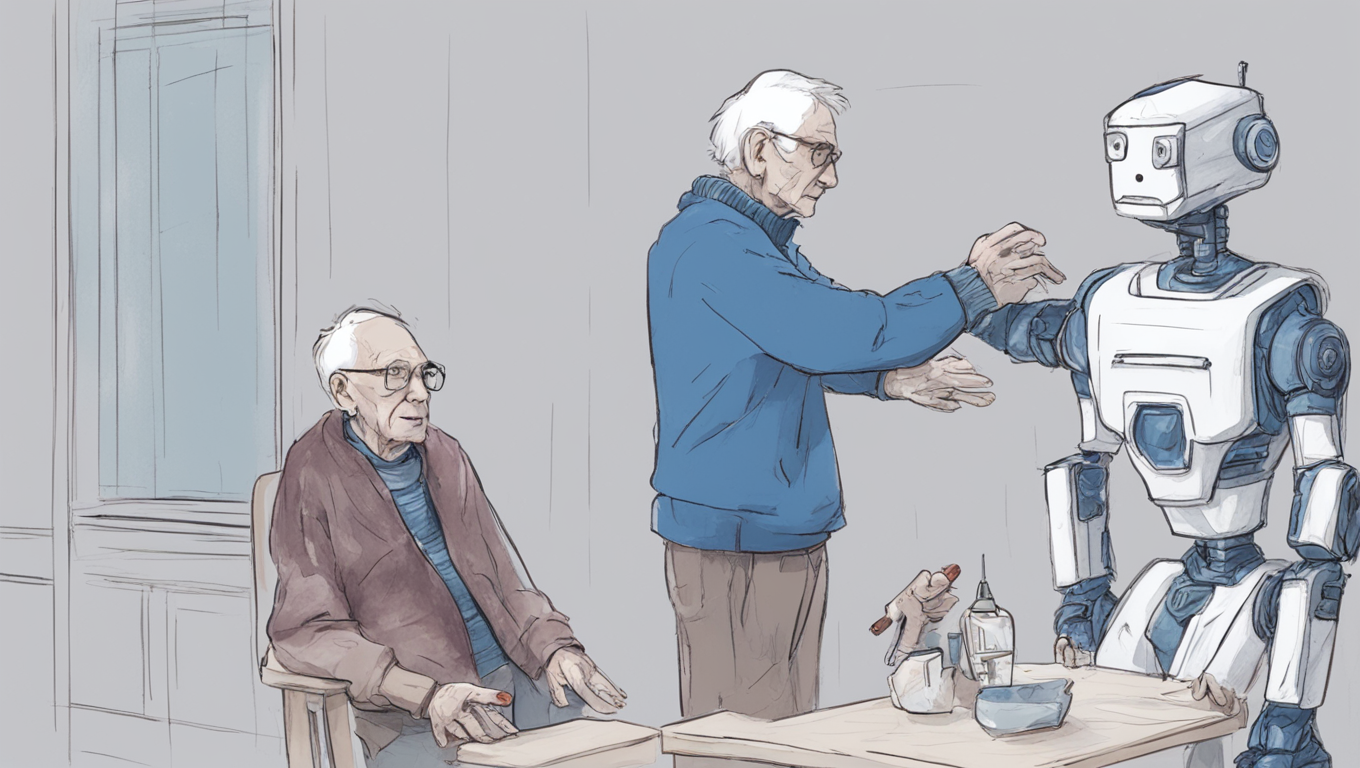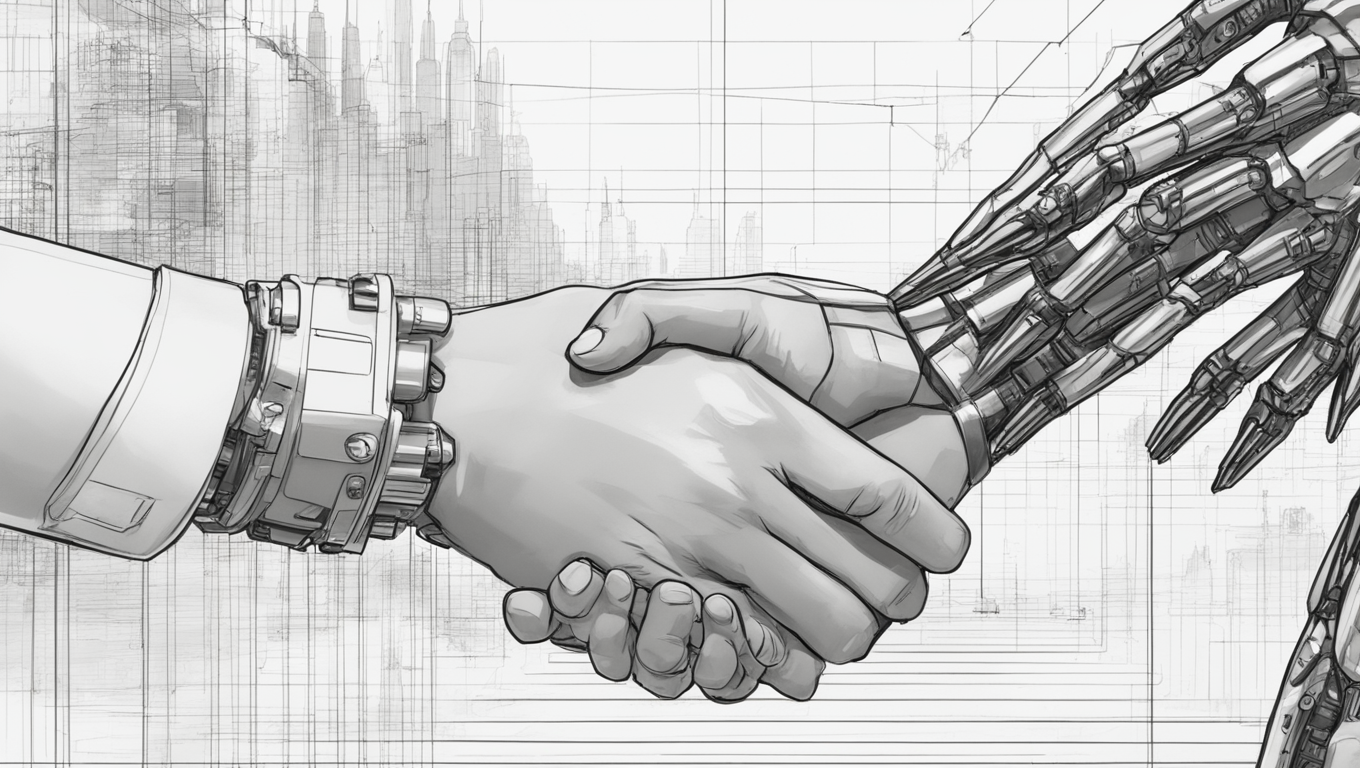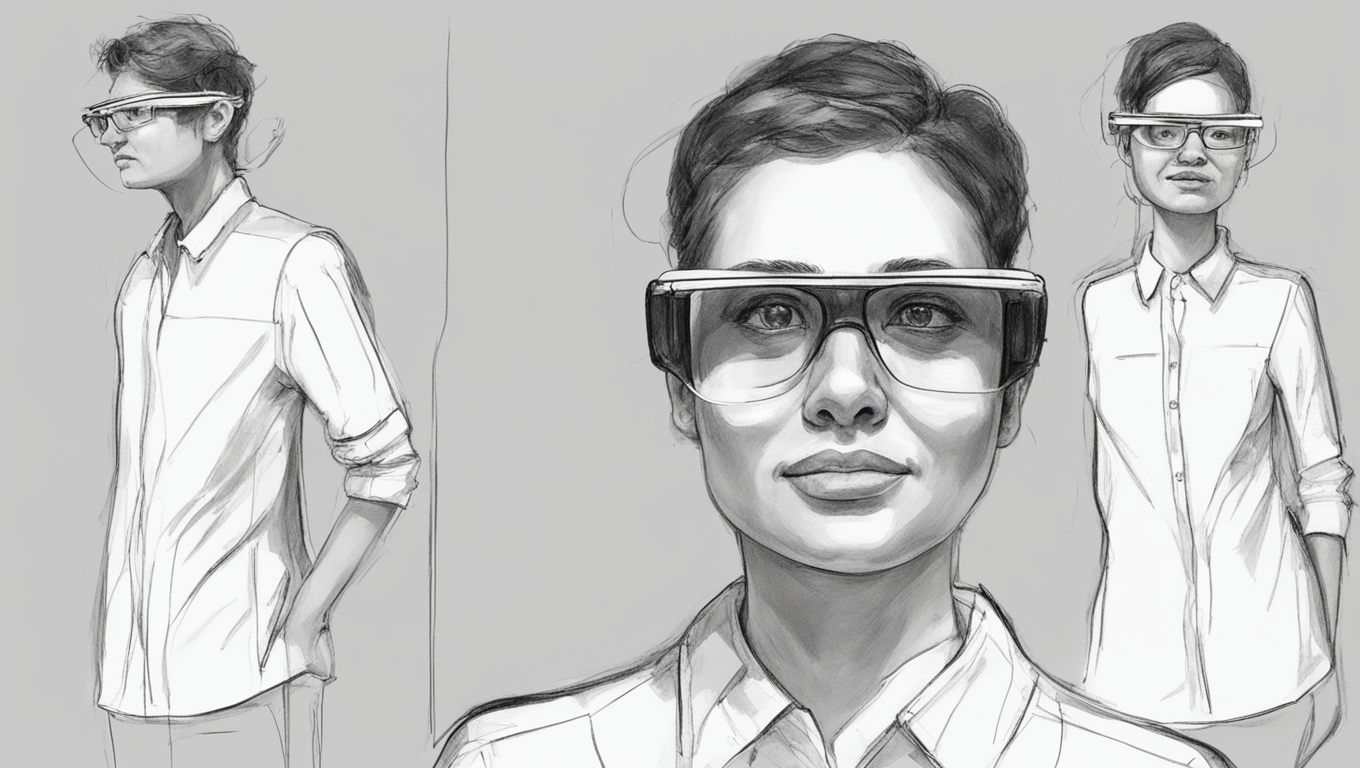In a groundbreaking development, researchers at the University of York have created a two-armed robot that may revolutionize caregiving for the elderly and disabled. Inspired by the actions of care workers, robotics researcher Dr. Jihong Zhu from the university’s Institute for Safe Autonomy has developed the “two-armed assistive dressing scheme.”
Traditionally, assistive robots designed to help with dressing were single-armed machines. However, research has shown that this can be uncomfortable or impractical for the person in need of care. The new two-armed robot aims to address this issue by providing a more human-like and efficient caregiving experience.
“We know that practical tasks, such as getting dressed, can be done by a robot, freeing up a care-worker to concentrate more on providing companionship and observing the general well-being of the individual in their care,” explained Dr. Zhu. By studying the movements of care workers during dressing exercises, the team gathered valuable insights and employed a technique called learning from demonstration. Through this method, the robot learns from the motions demonstrated by a human, eliminating the need for expert programming.
Moreover, the researchers developed algorithms that allow the robot’s arms to perform pulling and lifting actions, while also being guided by the touch of a human hand. This flexibility and responsiveness strengthen the potential for safe and efficient human-robot interactions.
However, the success of this revolutionary invention ultimately hinges on trust and acceptance. “Trust is a significant part of this process,” emphasized Dr. Zhu. The next phase of the research will focus on testing the safety limitations of the robot and evaluating its acceptance among those who need it most: the elderly and disabled individuals who rely on caregiving assistance.
This breakthrough in robotics has the potential to transform the caregiving landscape, granting care workers more time to focus on the health and well-being of the individuals under their supervision. By automating practical tasks like dressing, the two-armed robot offers a practical solution to alleviate the workload of care workers. As Dr. Zhu aptly put it, “It was clear that for care workers, two arms were needed to properly attend to the needs of individuals with different abilities.”
The implications of this technology extend far beyond the laboratory. While the invention has shown promise in controlled environments, the researchers need to ensure its functionality in real-world scenarios. By incorporating artificial intelligence and machine learning, the robot has the potential to adapt and respond to individual needs as they arise.
The researchers are hopeful that this development will pave the way for further advancements in caregiving robotics. With ongoing testing and refinement, the two-armed robot could soon become an integral part of the caregiving ecosystem, enhancing the quality of life for the elderly and disabled.
In the words of Dr. Zhu, “It has been tested in the laboratory, but for this to work outside of the lab, we really needed to understand how care-workers did this task in real-time.” By developing this understanding and implementing it in the design of the two-armed robot, the University of York researchers have brought us one step closer to a future where caregiving becomes more efficient and compassionate, thanks to the power of robotics.





Use the share button below if you liked it.